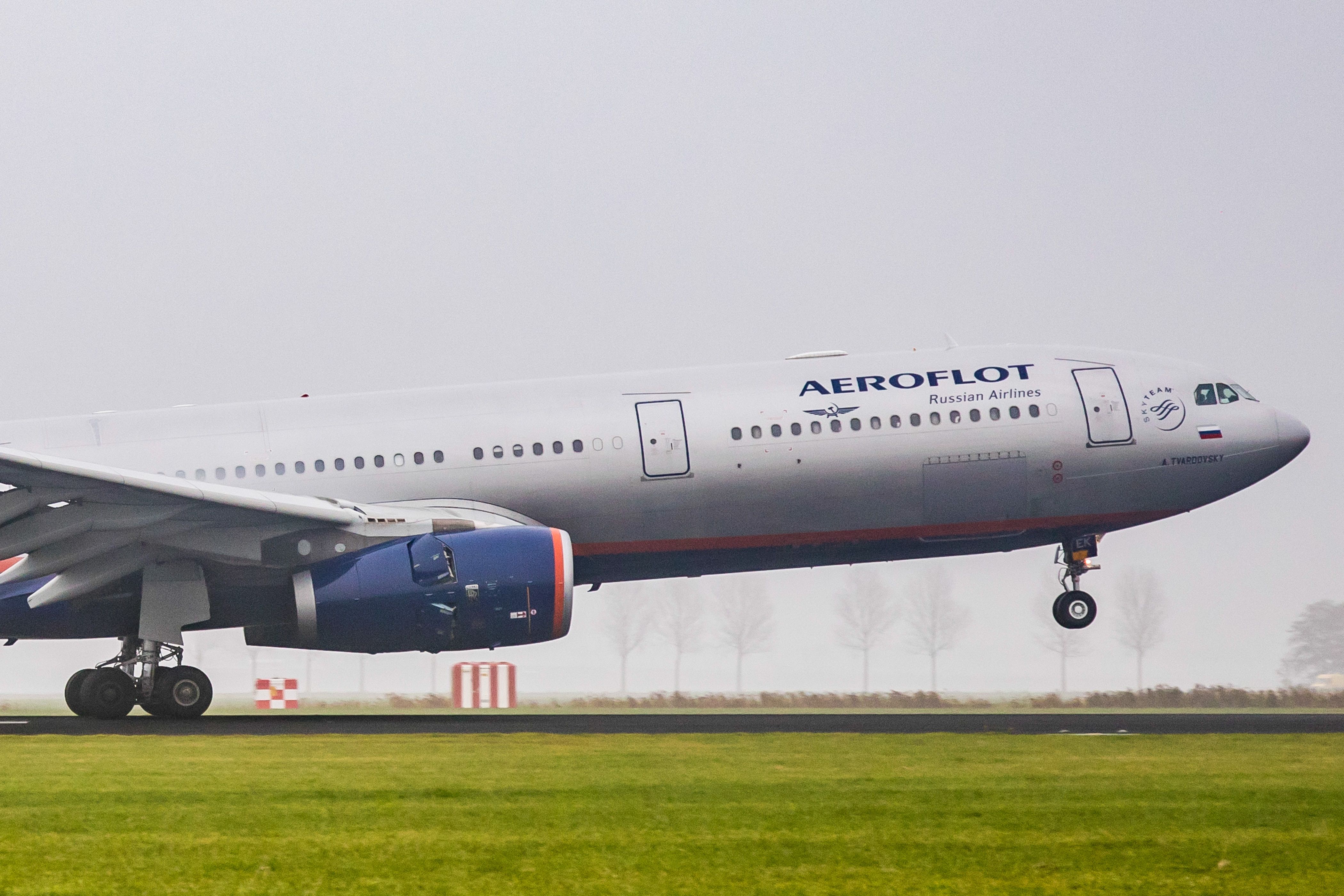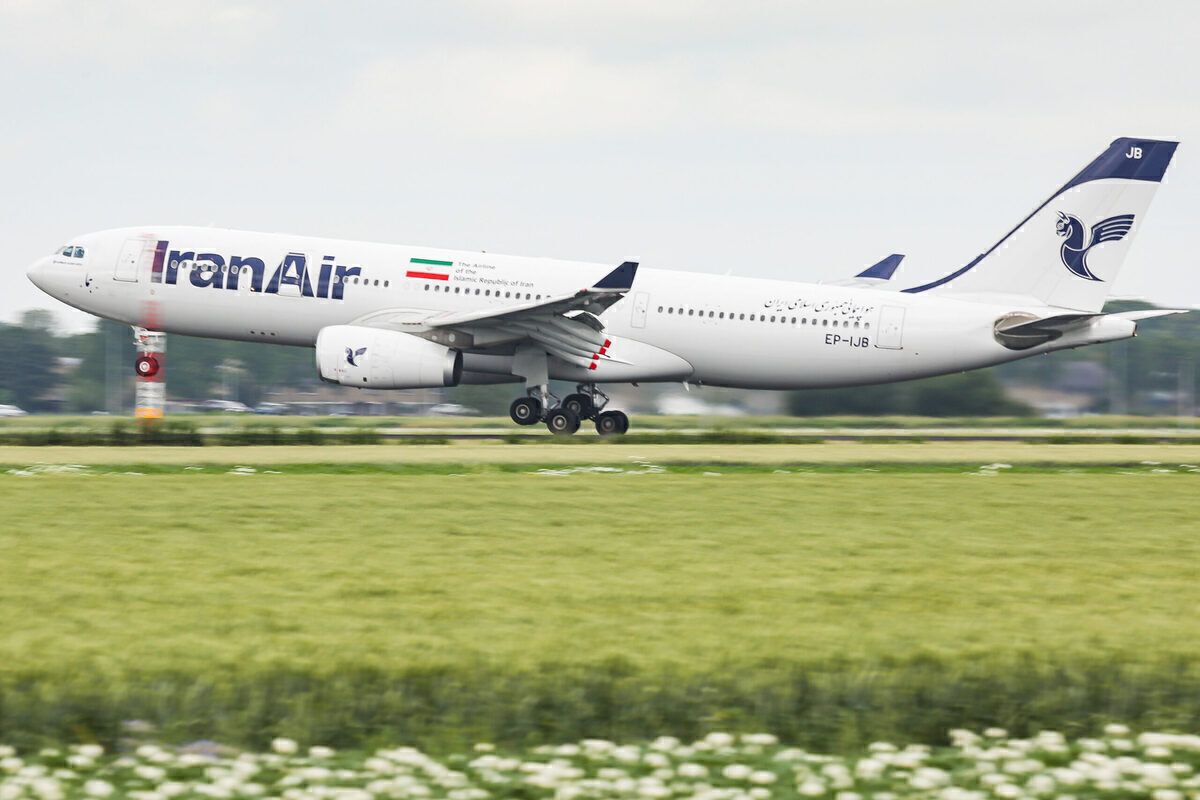In an unsurprising move, Iran and Russia have agreed to cooperate on thwarting sanctions for aircraft parts and repairs. The Iranian news agency MEHR reported on July 26 that Iran and Russia had signed a cooperation agreement on parts and repairs and also agreed to increase flights between the two countries.
Since the announcement, multiple reports have emerged about the depth of the cooperation and precisely what it entails. To clarify, according to the MEHR website, here is what Mir-Akbar Razavi, a spokesperson for the Iranian Civil Aviation Organization (CAO), said:
"It was also decided to sign a cooperation agreement with Russia in line with providing the possibility of exporting parts and equipment manufactured in Iran to Russia as well as carrying out repair and maintenance services and technical support of Russian aircraft by Iran's repair centers."
Iran is keeping its Airbus fleet flying so can it help Russia do the same?
While the statement refers to "Russian aircraft," it does not explicitly mention Airbus and Boeing airplanes, although that is being reported. This is not a new concept, as on March 23, MEHR said that the Russian Federation Minister of Transport, Vitaly Savelyev underlined how his country would make use of Iranian experience in circumventing sanctions to overcome challenges concerning the purchase of spare parts for Russia's aviation industry. Savelev also said, "Russia was being guided by Iran's experience of how to service aircraft in a similar situation."
While Iran may not be an aviation powerhouse, it has managed to keep some rather old western aircraft operating, despite having similar sanctions to those imposed on Russia. Taking Iran Air as one example, ch-aviation.com data shows 43 aircraft in its fleet with an average age of 25 years. That average is skewed by one Airbus A321-200, two A330-200s, and 13 ATR 72-600s, with an average age of around six years. The balance of the fleet range from 20-42 years, the oldest being an Airbus A300B2 and the youngest an Airbus A319-100. It has been operating the A321and A330 for some time, so there is some expertise there, along with making parts or getting them by other means.
Iran and Russia also signed a Memorandum of Understanding to increase passenger flights between the two countries to 35 per week. Razavi said that the MOU was agreed between Russia's deputy minister of transport and the head of the CAO, Mohammad Mohammadi-Bakhsh. There are currently five services per week, two each operated by Russia's Aeroflot and Nordwind Airlines and one by Iran's Mahan Air. There are no capacity limitations on cargo flights.
Discover more aviation news here
Conviasa starts direct flights between Venezuela and Iran
According to a MEHR report yesterday, direct flights between Iran and Venezuela commenced on Sunday, when Venezuelan flag carrier Conviasa Airlines flight VO3750 from Caracas landed in Tehran. Data from Flightradar24.com shows the flight operated by an Airbus A340-642, registration YV-3535, which departed from Simón Bolivar International Airport (CCS).
After a 13-hour flight, it landed at Tehran's Imam Khomeini International Airport (IKA) at 12:56 on July 30 and will return to Caracas at 02:45 today. Yesterday, Iran's Defense Minister, Brigadier General Mohammad-Reza Gharaei Ashtiani, met with Venezuela's Deputy Minister of Aquatic and Air Transport Ministry and Chairman of Conviasa Airlines, Ramón Velásquez. The statement said that "both sides are determined to expand and deepen the relations between the two countries, and the direct flight between Iran and Venezuela was an important and valuable measure."
If Russia starts using unauthorized parts and maintenance from Iran, is that the end for the western aircraft stranded in Russia?
Source: MEHR



